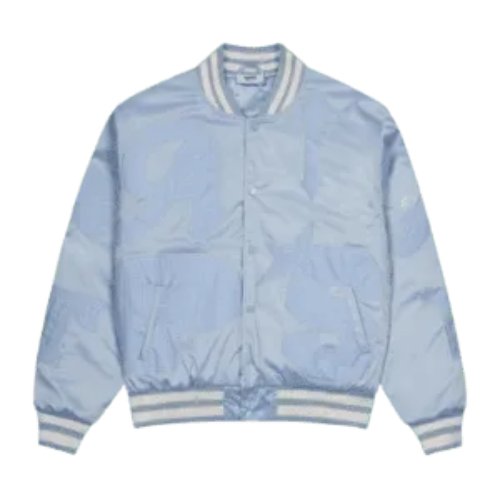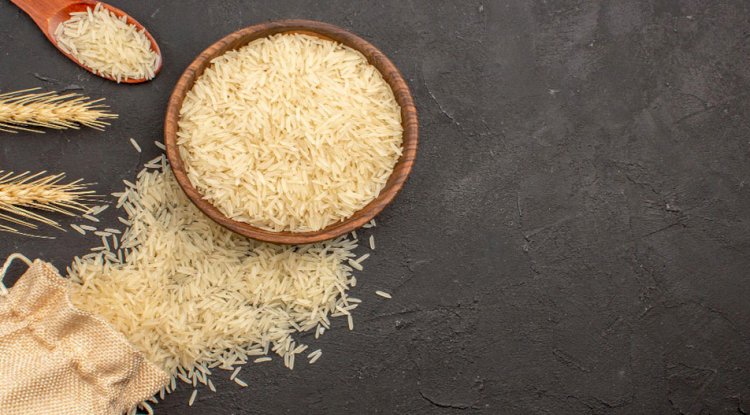Importance of Drafting in Garment Construction
Garment Construction is a part of fashion design courses in all fashion design college in India.
Garment Construction is a part of fashion design courses in all fashion design college in India. Garment design is not only sketching style on paper but there is also a lot more to it. It is a technical process that has evolved. Garment manufacturing comprises of numerous stages such as product development, cutting, sewing, embellishment, and packing. The appearance and fit of a garment are highly dependent upon each process.
Product development is the most critical of garment manufacturing. Nice perfect fit contributes to the success of any style. Show, drafting is a full scale plan comment based on an individual direct body measurements, which along with some proven formulae are used to develop the shape and the fit of a garment. This plan as outline is known as draft. Which is then transferred on to her cloth to be cut?
While making the drafting of all the measurement should be taken properly. King and stitching line should be marked with different types of lines to avoid confusion.
There are some tools which are used in drafting.
Measuring tools – measuring tape, tailor’s square, marking tape, elastic, marking tools, tailor’s chalk, French curve, tracing wheel, etc.
There are some advantages of drafting also like correct estimate of the required material can be made.
- Minimize the chance of any fault during cutting on the fabric.
- Correct drafting/pattern minimizes the chance of any fitting problem.
- Basic draft can be adopted to make a a variety of pattern or design.
- Minimize chance of fabric wastage.
Pattern drafting is an important aspect of fashion design that necessitates a great deal of knowledge and practice. Pattern drafting is the process of drawing pattern pieces on paper based on body measurements, which are then used by designers to create garments. Professionals employ a variety of techniques, including the following:
Tracing: This is one of the most simple techniques. This method involves laying a garment (similar to what a designer wants to make) flat on a piece of paper and tracing the pattern. There is enough room for the garment’s add-on seam. The tracing technique is best for garments with few shapes and is considered one of the most beginner-friendly techniques.
Creating a Sloper: This method of pattern drafting is a little more complicated. Slopers, also known as ‘block patterns’ or ‘fitting shells,’ are garments that are extremely tight-fitting and restrict movement. A sloper is a pattern-making component that a designer can use to create a variety of patterns. A sloper can be made in one of two ways: one can use one of the many free sloper patterns available online, or it can be made from scratch. Creating a sloper from scratch necessitates a solid understanding of both geometry and math.
Professionals nowadays primarily use software to create pattern drafting. Pattern Master, Design Sew, Gerber mark, and others are some of the best software used by professionals.
Professionals have been observing these pattern drafting techniques for quite some time. However, pattern drafting as a profession is still in its infancy. Some techniques, however, have been used for decades, and things are changing for aspiring designers.
Make a living as a pattern drafter.
Pattern drafters are becoming increasingly important in the world of fashion design. “Pattern drafters are the creators of fashion designing, and tailors are the ones who make the designers dream into reality,” says Mr., owner of Metro Rulers – Fashion designing Rulers kit.
Designers can work as a fashion consultant, a professional pattern grader, a consultant pattern drafter, or a garment pattern master today.
Pattern Making in Garment Manufacturing: Why Is It Important?
Patterns are used in the garment industry to cut fabric pieces and sew the garment together. Patterns are created primarily so that the same style can be easily duplicated and multiple pieces can be produced quickly. When duplicating patterns, pattern making ensures that you don’t have to start from scratch. Nowadays, thanks to technological advancements, pattern creation can be done quickly and easily using a variety of computer software.
Garment construction can be done quickly and easily with the help of these patterns. The first thing that comes to mind when we think of fashion design is either apparel or garments.
In today’s world, pattern making is also taught as a professional course in fashion design. So, what do you have to lose? Choose JD institute as your creative career partner to realise your dreams of pursuing a career in fashion design. JD Institute ensures that our students have a positive learning experience that prepares them for a career after they complete their course. Choosing the right fashion design course is critical at this time. As a result, we at JD Institute help students make it a reality by providing them with more in-depth practical knowledge of the course.
Uses of Paper Patterns:
- Paper patterns are very useful for both beginners and experts because there is no risk of the material being cut incorrectly.
- It is primarily beneficial to the beginner because it is one of the most effective methods of learning as opposed to cutting the material directly.
- Paper patterns save time and effort because they can be saved and reused at any time.
- Adjustments to paper patterns can be made quickly and easily to ensure a perfect fit.
- If you use a basic paper pattern to make your garments, you can easily make changes to the design.
- Using paper patterns will ensure that a garment is cut with the least amount of fabric possible.
Paper Patterns’ Contents:
- Margin: To allow for stitching changes, extra safety margins are cut beyond the actual
- Cutting line. Upholstery pieces with margins, such as sofa slipcovers, are common.
- Cutting Line: This is the cutting line where the garments are cut.
- Stitching Line: The stitching line is visible on the paper pattern, making it easy for the person stitching on the fabric to see where the actual stitching needs to be done.
- When there are two sides to a pattern, such as the back and front sides, the fold line on the pattern must be clearly indicated to mark it as a fold line.
You may browse more Fashion Design courses at IIFD.IN
Share
What's Your Reaction?
 Like
0
Like
0
 Dislike
0
Dislike
0
 Love
0
Love
0
 Funny
0
Funny
0
 Angry
0
Angry
0
 Sad
0
Sad
0
 Wow
0
Wow
0

















Certvalue is the leading professional SOC 2 Consultant in Australia, providing SOC 2 Certification in Australia, Melbourne, Sydney, Perth, Adelaide, Brisbane, Newcastle, Townsville, Canberra. https://www.certvalue.com/soc-2-certification-in-australia/